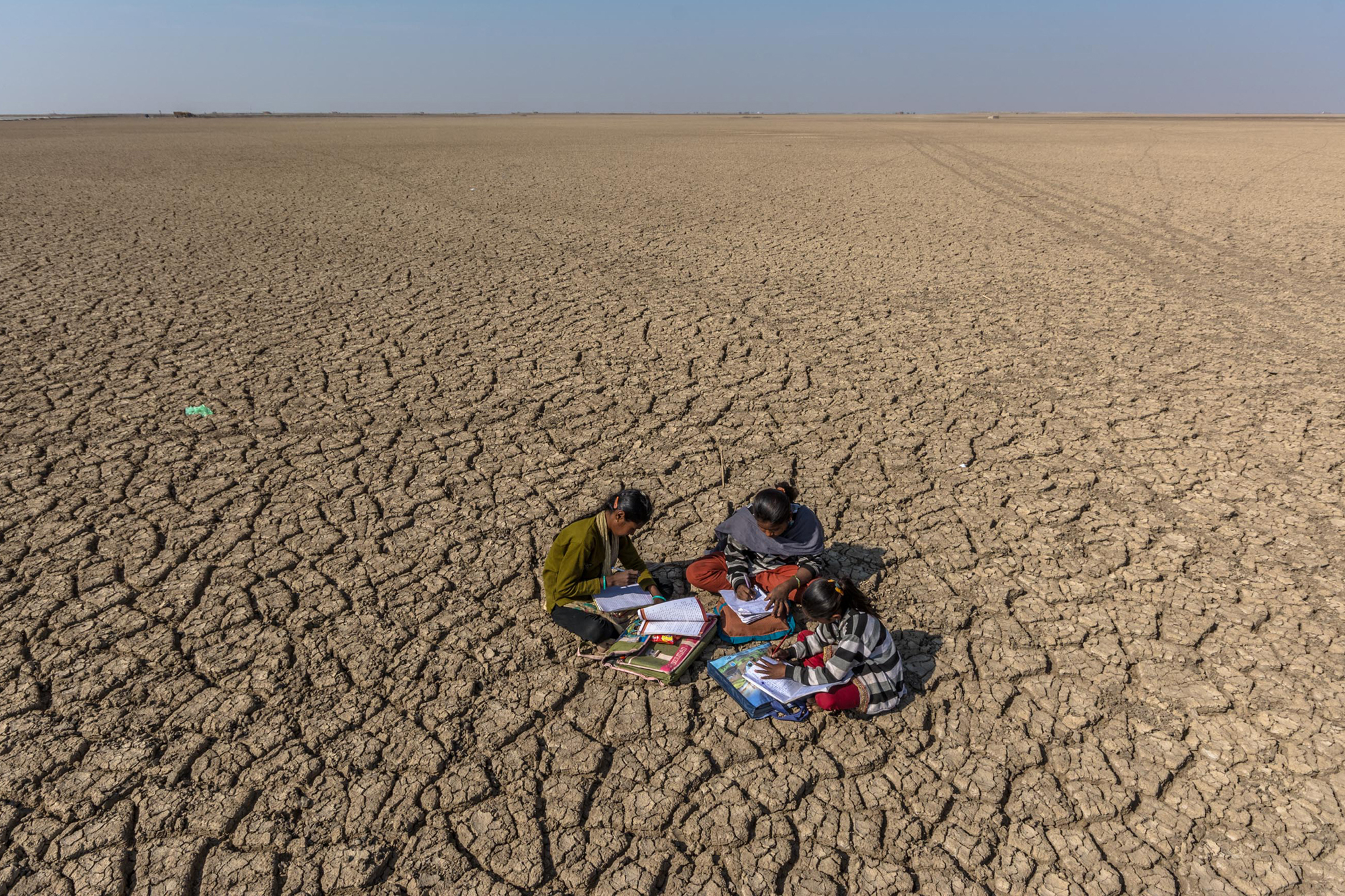The Inter-Agency Standing Committee (IASC) Protection Policy was endorsed by the IASC Principals in October 2016. The Policy outlines the overarching framework for how humanitarian actors can fulfill their responsibility to place protection at the center of all aspects of humanitarian action, spelling out core principles, approaches, roles, and responsibilities within and beyond the humanitarian system.
The Policy emphasizes that protection must be understood as a shared, system-wide responsibility that is core to humanitarian action. Everyone is responsible for preventing or mitigating risks and restoring safety and dignity to people’s lives, not just protection specialists.
InterAction has prepared two tools to support NGOs and other actors as they seek to better understand the content of the Policy and their responsibilities relating to its implementation in practice:This triggers the tooltip
- A summary on Implementing the IASC Protection Policy – What does it mean for NGOs? outlines the underpinning concepts within the Policy, the NGO role in its implementation, and provides an overview of key sections of the Policy.
- This 15-minute YouTube video on Implementing the IASC Protection Policy uses Prezi to highlight the origins, underpinning concepts and key sections of the Policy, as well as reflecting on how it is being implemented in practice.
With respect to results-based protection, the summary note lays out key considerations for:
- data and information collection, sharing and management;
- in-depth and integrated protection analysis;
-
mobilizing multi-disciplinary actors to contribute to protection outcomes;
Humanitarian actors must respond to the priorities of affected people by designing and implementing activities that address their concerns.
For more information, you can download the IASC Protection Policy in English, French, and Arabic from the website of the Inter-Agency Standing Committee, and you can download the accompanying guidance on Humanitarian Country Team Protection Strategies from the website of the Global Protection Cluster.
